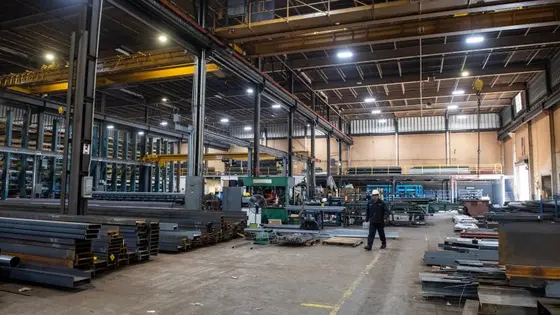T4K3.news
Food prices rise amid tariffs
New data shows grocery costs climbing as tariffs bite wholesale costs and consumer prices.

A look at how tariffs are driving higher prices for groceries and what that may mean for households and safety nets.
Tariffs Push Food Prices Higher
New data from the Bureau of Labor Statistics show food prices rising 2.9 percent since last July. Wholesale prices for fresh and dry vegetables jumped nearly 40 percent last month, the largest gain in three years. At the consumer level, meat rose 5.8 percent, poultry 3.1 percent, eggs 16.4 percent and coffee 14.5 percent over the same period. The Labor Department’s producer price index, a measure of inflation on wholesale goods, rose about 1 percentage point from June to July, and is up 3.3 percent from last July. Economists warned this pattern could spill over into everyday costs for families in the coming months.
Key Takeaways
"points to pipeline inflation that’s likely to spill into consumer prices in the months ahead"
Michelle Green, economist
"It will only be a matter of time before producers pass their higher tariff-related costs onto the backs of inflation-weary consumers"
Christopher Rupkey, chief economist
"Keep in mind, certain foods like coffee, cocoa that’s used in chocolate, we can’t grow these here, so we’re going to be faced with higher prices or changing what we drink"
Phil Lempert, food trends expert
The figures point to a broader inflation story tied to tariffs and policy. While some producers absorb costs now, the data imply that higher tariff-related costs will eventually pass through to shoppers. The analysis notes a pipeline of inflation that could push consumer prices higher if tariffs persist. At the same time, political moves around the Labor Statistics office add a layer of uncertainty about future price reporting. This combination raises policy questions about who bears the burden and how food security programs will respond if prices stay elevated. As households face higher grocery bills, the pressure on food banks and safety nets could grow unless relief or targeted aid is provided, highlighting a clear link between policy choices and daily living costs.
Highlights
- Tariffs turn groceries into a budget battleground
- Prices at the register tell a clear policy story
- Mealtime is becoming a test of resilience
- Inflation starts in warehouses and ends on the stove
Budget and political sensitivity around price data and safety nets
The story ties price changes to tariffs and budget actions, risking backlash and political controversy as SNAP and other safety-net programs face cuts. Future price reporting could be scrutinized amid political decisions, affecting public trust and market stability.
Policy choices will determine whether these costs fade or become a lasting burden.
Enjoyed this? Let your friends know!
Related News
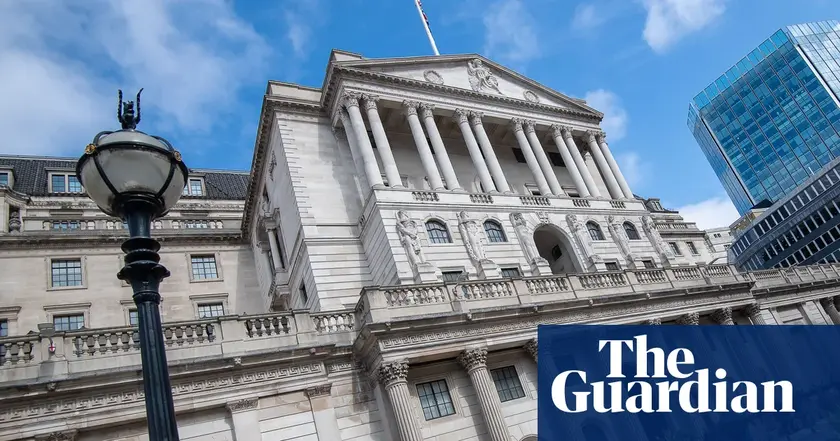
Bank of England expected to lower interest rates by 0.25%

Wholesale inflation climbs in July amid tariffs

Japan votes in key election for Ishiba
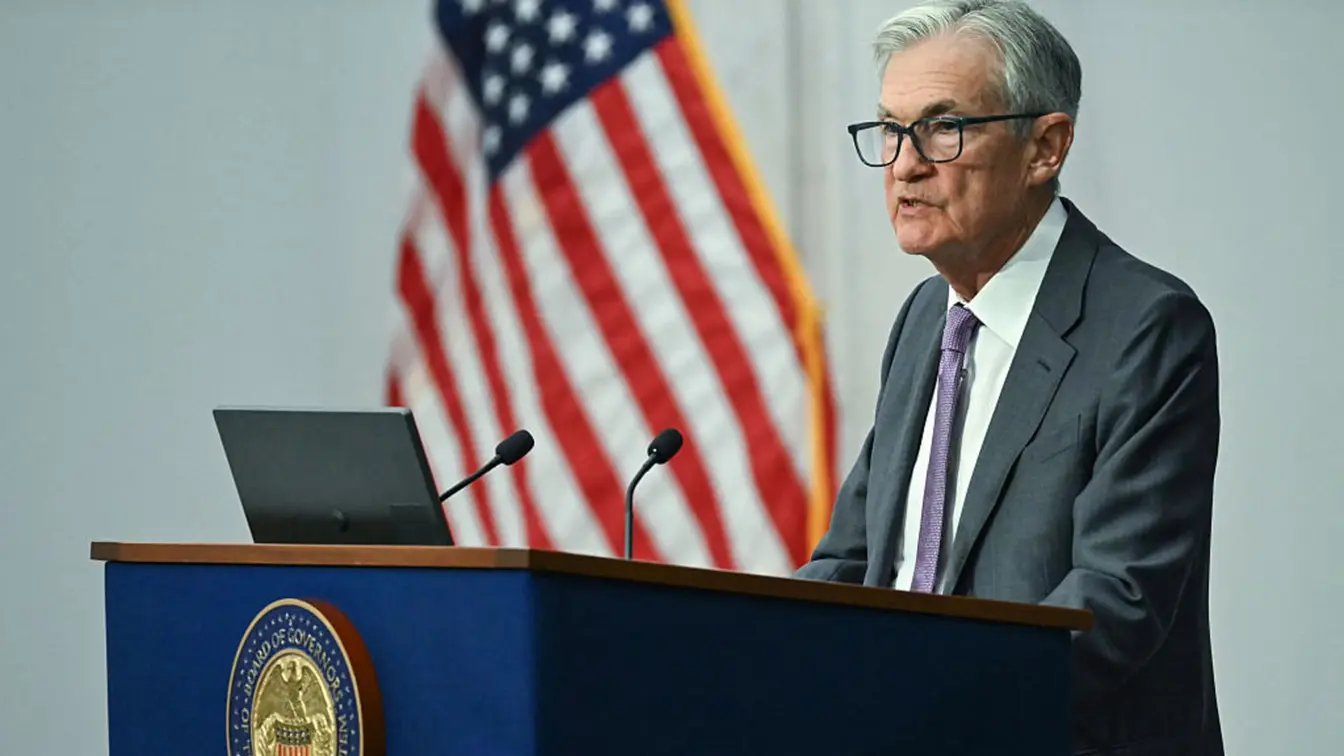
Federal Reserve forecasts inflation rise and slow growth for 2025
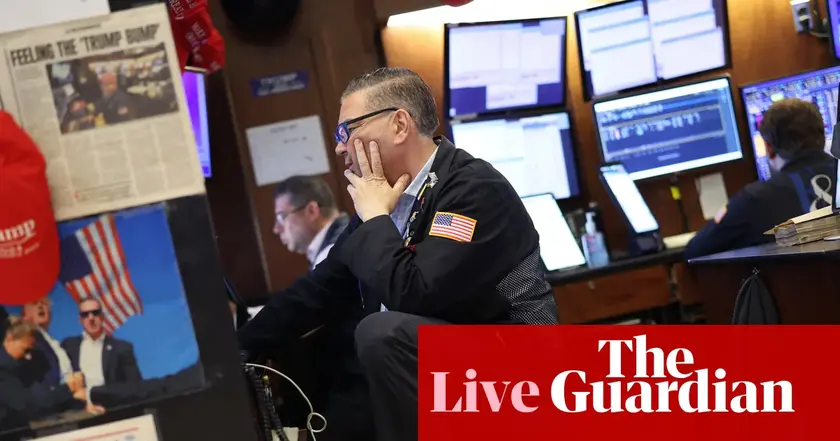
Thames Water contingency plans approved
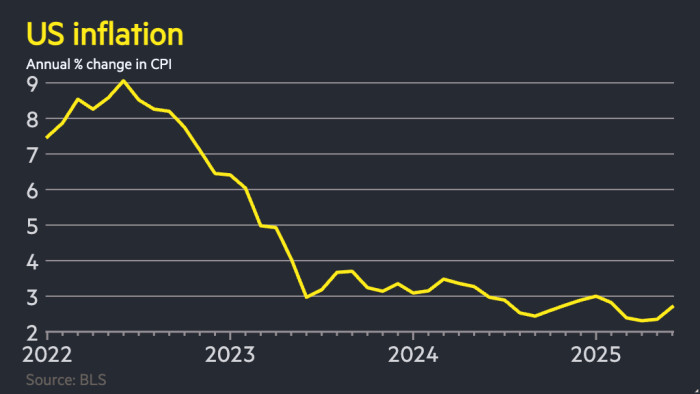
US inflation rises to 2.7 percent amid tariffs

Higher tariffs threaten Parmigiano Reggiano availability

U.S. inflation rises as tariffs influence prices
